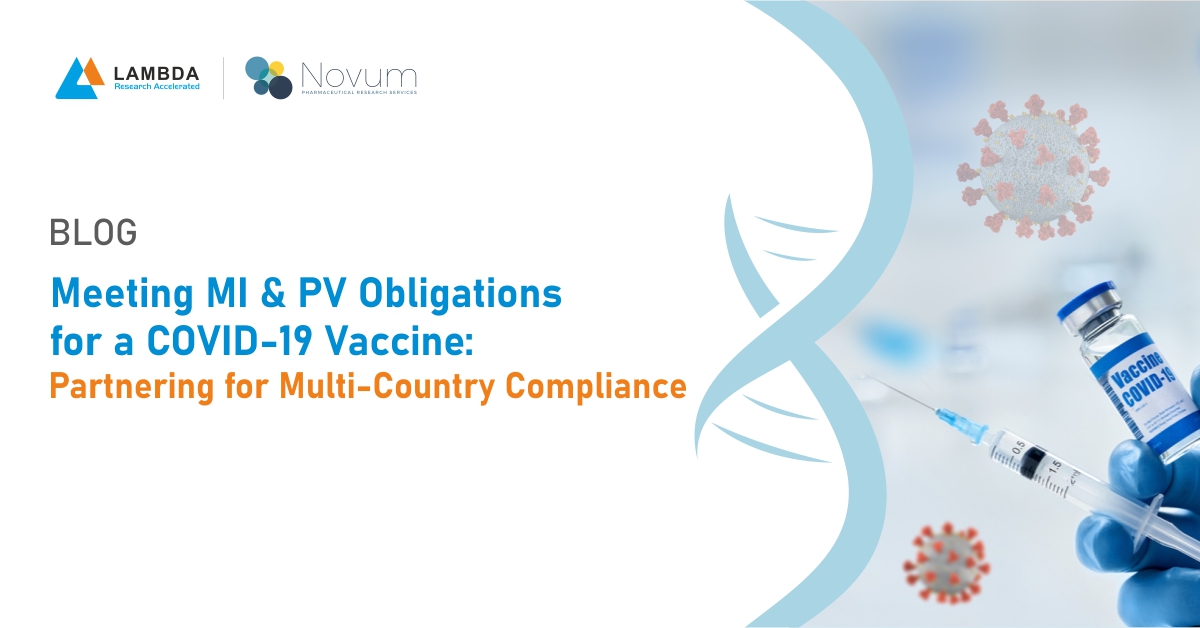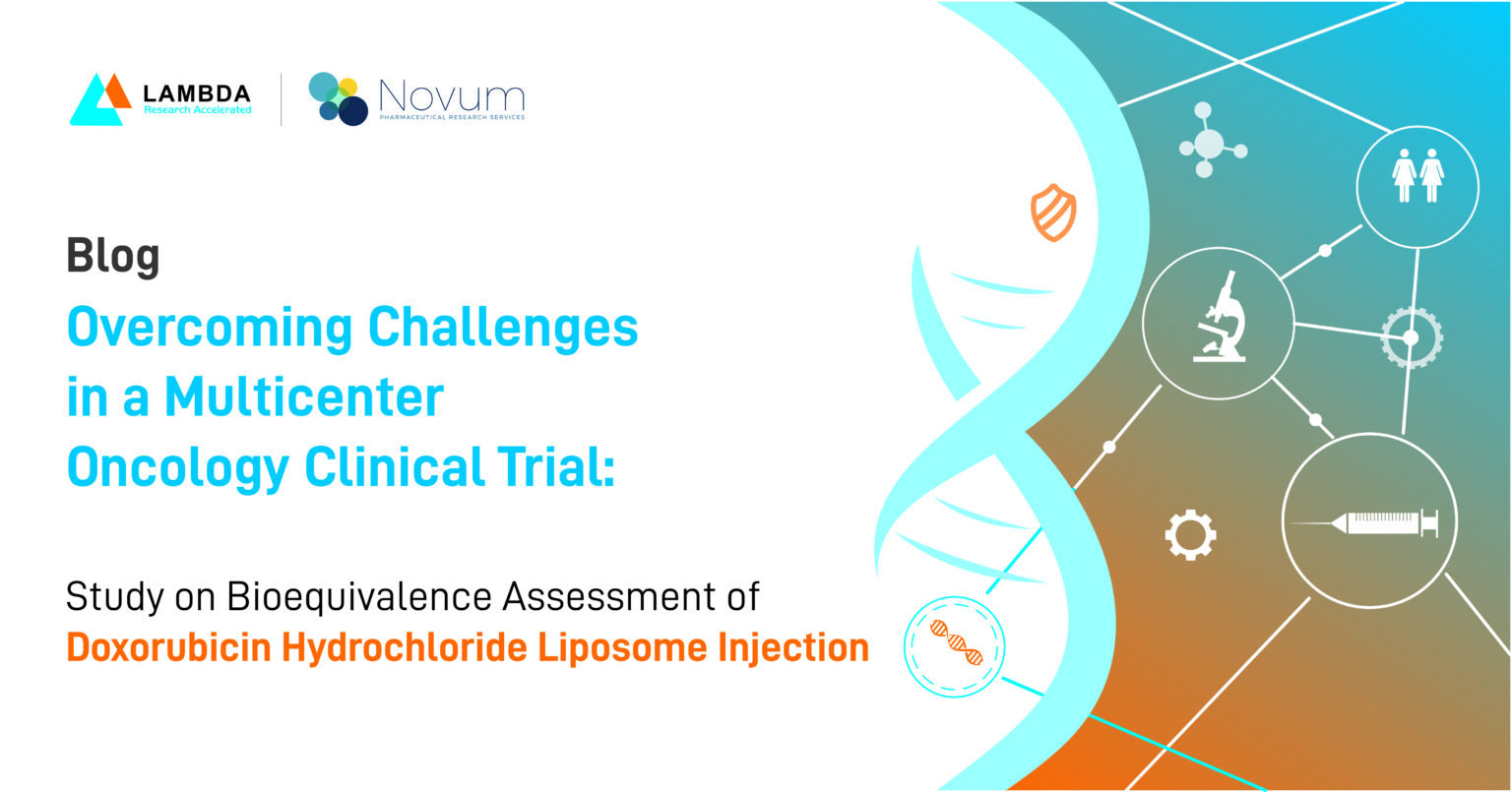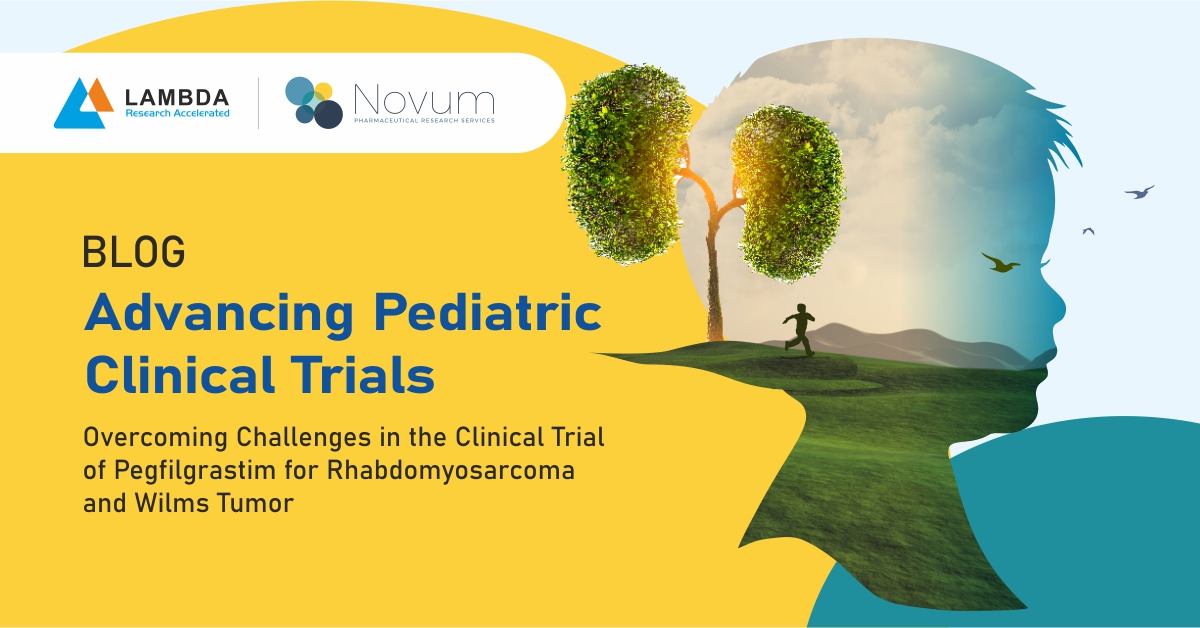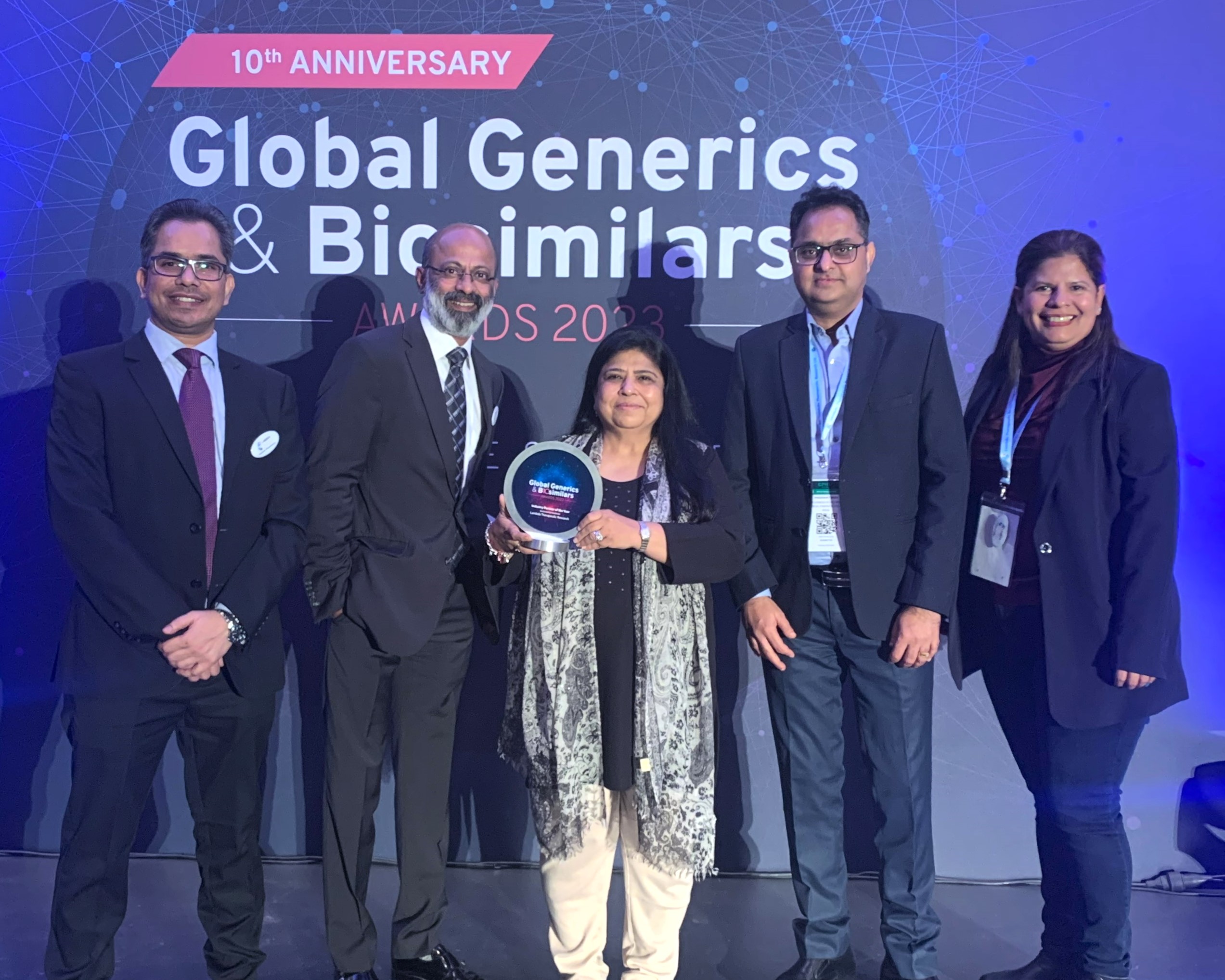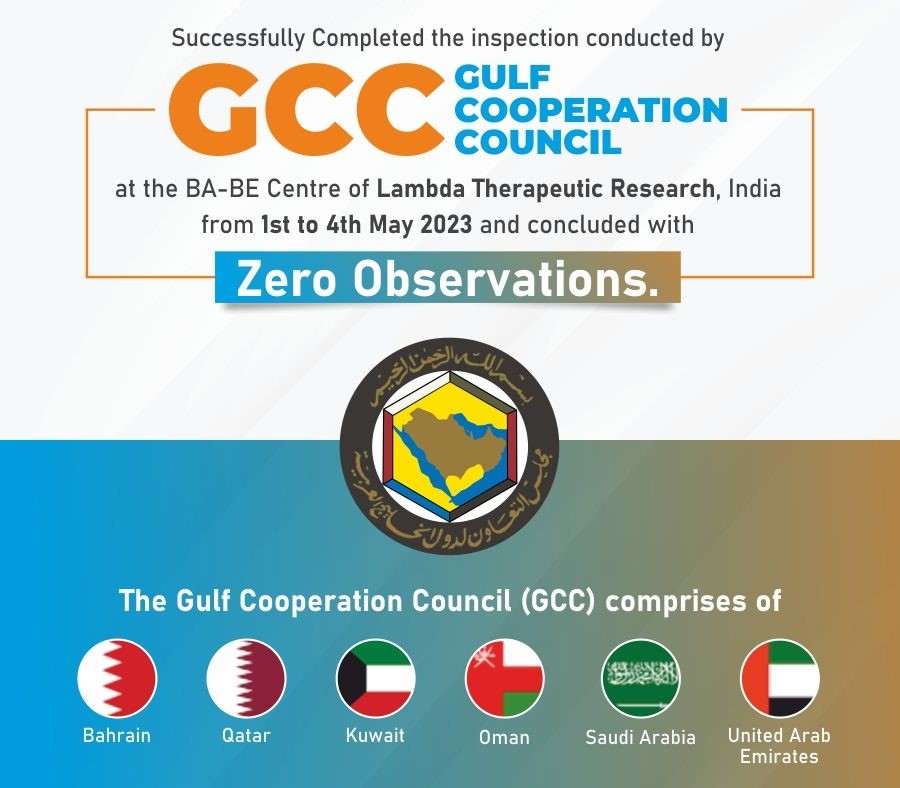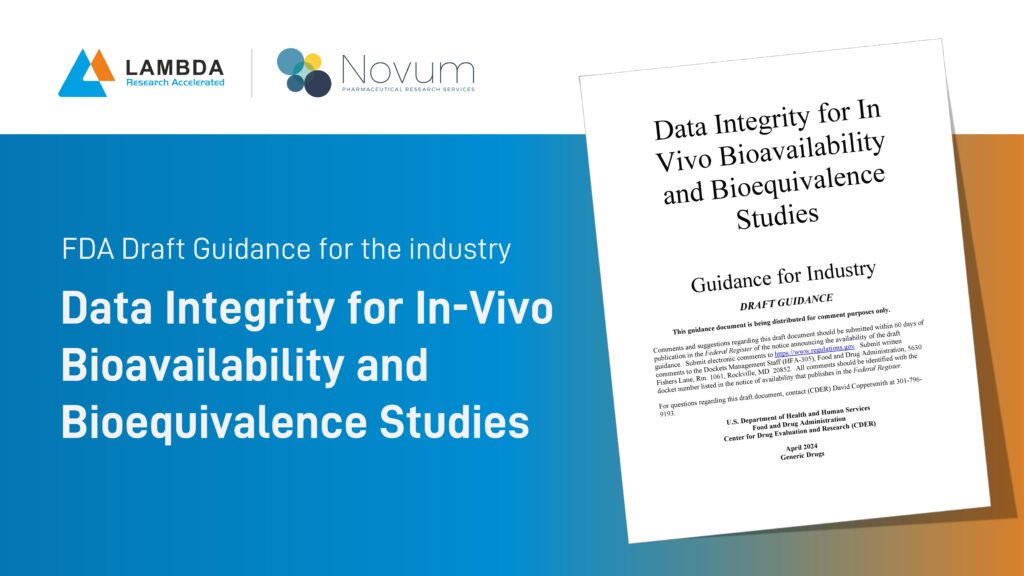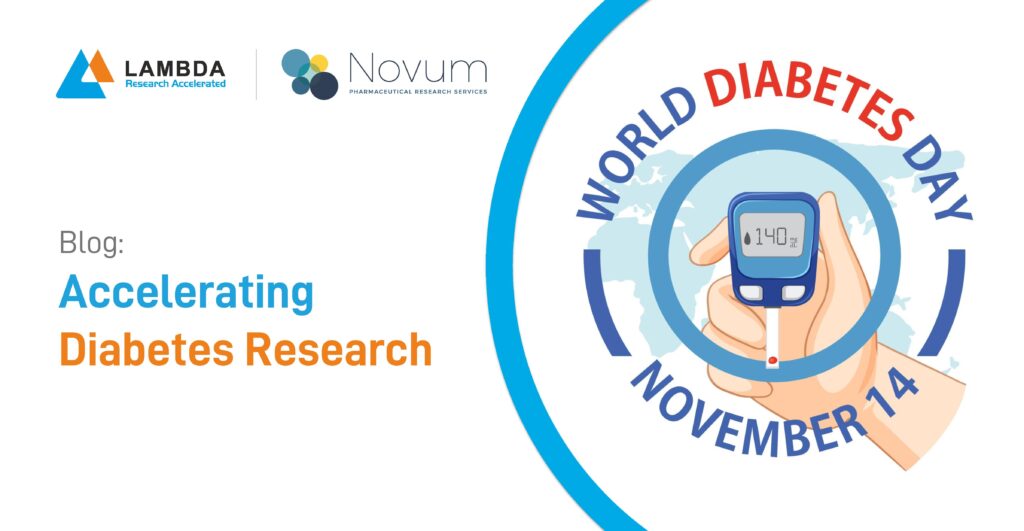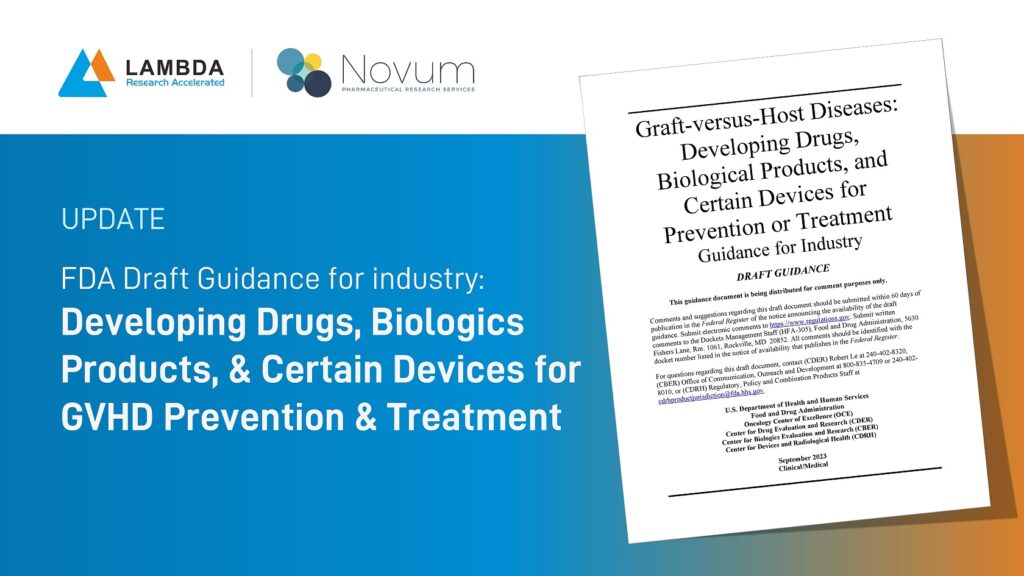25 Apr 2023
World Malaria Day 2023 will be marked under the theme “Time to deliver zero malaria: invest, innovate, implement”. Malaria is a deadly disease caused by Plasmodium parasites that are transmitted to humans through the bite of infected Anopheles mosquitoes. There were an estimated 247 million cases of malaria in 2021 as per WHO, and the estimated number of malaria deaths stood at 619 000.
Current Treatment Options
Looking at the available treatment options for malaria, we can see that schizonticidal medications, supportive care, and hospitalizations are recommended for high-risk patients.
Anti-malarial agents such as chloroquine, hydroxychloroquine, primaquine, artemisinin-based combination therapy (ACT), and atovaquone-proguanil are also commonly used.
However, patients with Plasmodium vivax (P. vivax), one of the parasites that causes malaria, currently require a 10-day treatment that many do not complete. This often leads to the recurrence of malaria. But the new drug, Krintafel (tafenoquine), provides a solution to this problem as it prevents relapse of malaria caused by P. vivax with a single dose. This promising development offers hope for better outcomes in the treatment of malaria.
The recent progress in the development of the malaria vaccine is a notable achievement, especially for sub-Saharan African countries. This is where the world’s first malaria vaccine, RTS,S/AS01 (or RTS,S), has been used to initiate the immunization of children.
Current Options for Malaria Vaccines
The development of a malaria vaccine has been a major goal of the scientific community for decades, and significant progress has been made in recent years. The European Medicines Agency approved the pre-erythrocytic Plasmodium falciparum candidate RTS,S in 2015, making it the first human anti-parasite vaccine to pass regulatory scrutiny.


RTS, S/AS01-Mosquirix
- The world’s first malaria vaccine, RTS,S/AS01(Mosquirix), was developed in a partnership between GSK and the Walter Reed Army Institute of Research (WRAIR).
- A monovalent pre-erythrocytic recombinant protein vaccine called RTS, S/AS01 contains the circumsporozite protein (CSP) of P. falciparum.
- The hepatitis B virus surface antigen (S) and the CSP protein are covalently coupled and cause humoral (R region) and cellular (T area) immune responses. The adjuvant system known as AS01 was created by GSK biologicals.
- The ability of P. falciparum to infect, mature, and replicate in the liver is constrained by the cellular and humoral immunity evoked by the vaccination against the CSP protein, which is expressed on the sporozoite surface.
- Children aged 5 to 17 months who live in areas with moderate to high malaria transmission are advised to take Mosquirix in a 4-dose regimen to prevent P. falciparum malaria.The European Medicines Agency (EMA) also gave Mosquirix a favourable scientific review as part of the EU medicines for all initiative.
PfSPZ (The radiation-attenuated Plasmodium falciparum sporozoite (PfSPZ) vaccine)
- PfSPZ was created by Sanaria, a US-based biotechnology business, and is a live, metabolically-active non-replicating, radiation-attenuated, whole sporozoite vaccine made from the contagious NF54 strain of P. falciparum from Western Africa.
- Three to five doses of the PfSPZ vaccine can offer up to 100% protection from homologous controlled human malaria infection (CHMI) caused by parasites of the NF54 strain.
- PfSPZ is made to specifically target the parasite’s pre-erythrocytic sporozoite stage.
R21/Matrix-M
- Pre-erythrocytic vaccination R21/Matrix-M was created by Oxford University in the UK and is produced by Serum Institute of India in Pune.
- R21 is likewise based on circumsporozite protein (CSP), which is formed by fusing the CSP gene and hepatitis B surface antigen (HBsAg) to form a single protein, resulting in a larger proportion of CSP shown on the antigen surface than RTS,S.
- The vaccine contains Novavax’s Matric-M, a saponin-based adjuvant that boosts the immune response, making it more effective and long-lasting.
- The Food and Drugs Authority (FDA Ghana) recently granted R21/Matric-M full national authorization for use in Ghana. It is licenced for use in children aged 5 to 36 months who are at high risk of malaria mortality.
Future Options for Malaria Vaccines
In addition to pre-erythrocytic vaccines like RTS,S and R21/Matric-M, novel blood-stage targets and concepts, transmission-blocking vaccinations, and placental malaria vaccines are also under development. Novel antigen identification, human monoclonal antibodies, structural vaccinology, and enhanced platforms all promise to broaden and improve on RTS,S vaccine candidates.
The development of a safe and effective malaria vaccine is a critical goal in the fight against this deadly disease. While significant progress has been made, much work remains to be done.
References:
- https://www.who.int/campaigns/world-malaria-day
- https://www.cdc.gov/malaria/diagnosis_treatment/diagnosis.html
- Fletcher TE, Beeching NJ. Malaria. J R Army Med Corps. 2013 Sep;159(3):158-66.
- Delves M, Plouffe D, Scheurer C, Meister S, Wittlin S, Winzeler EA, Sinden RE, Leroy D The activities of current antimalarial drugs on the life cycle stages of Plasmodium: a comparative study with human and rodent parasites. PLoS Med. 2012 Feb;9(2):e1001169.
- https://rarediseases.org/living-with-a-rare-disease/find-clinical-trials/?search=Hemophilia
- Laurens MB. RTS, S/AS01 vaccine (Mosquirix): an overview. Human vaccines & immunotherapeutics. 2020 Mar 3;16(3):480-9.
- Syed YY. RTS, S/AS01 malaria vaccine (Mosquirix): a profile of its use. Drugs & Therapy Perspectives. 2022 Sep;38(9):373-81.
- https://www.novavax.com/science-technology/vaccine-pipeline/malaria-investigational-vaccine
- Epstein JE, Tewari K, Lyke KE, Sim BK, Billingsley PF, Laurens MB, Gunasekera A, Chakravarty S, James ER, Sedegah M, et al. Live attenuated malaria vaccine designed to protect through hepatic CD8(+) T cell immunity. Science. 2011;334(6055):475-80. Epub 2011/ 09/10. PubMed PMID: 21903775.
- Lyke KE, Ishizuka AS, Berry AA, Chakravarty S, DeZure A, Enama ME, James ER, Billingsley PF, Gunasekera A, Manoj A, et al. Attenuated PfSPZ vaccine induces strain-transcending T cells and durable protection against heterologous controlled human malaria infection.
- Datoo MS, Natama HM, Some A, Bellamy D, Traore O, Rouamba T, Tahita MC, Ido NF, Yameogo P, Valia D, Millogo A. Efficacy and immunogenicity of R21/Matrix-M vaccine
- https://www.hsph.harvard.edu/news/hsph-in-the-news/new-drug-approved-for-malaria-treatment/
- https://europepmc.org/article/med/32566259
